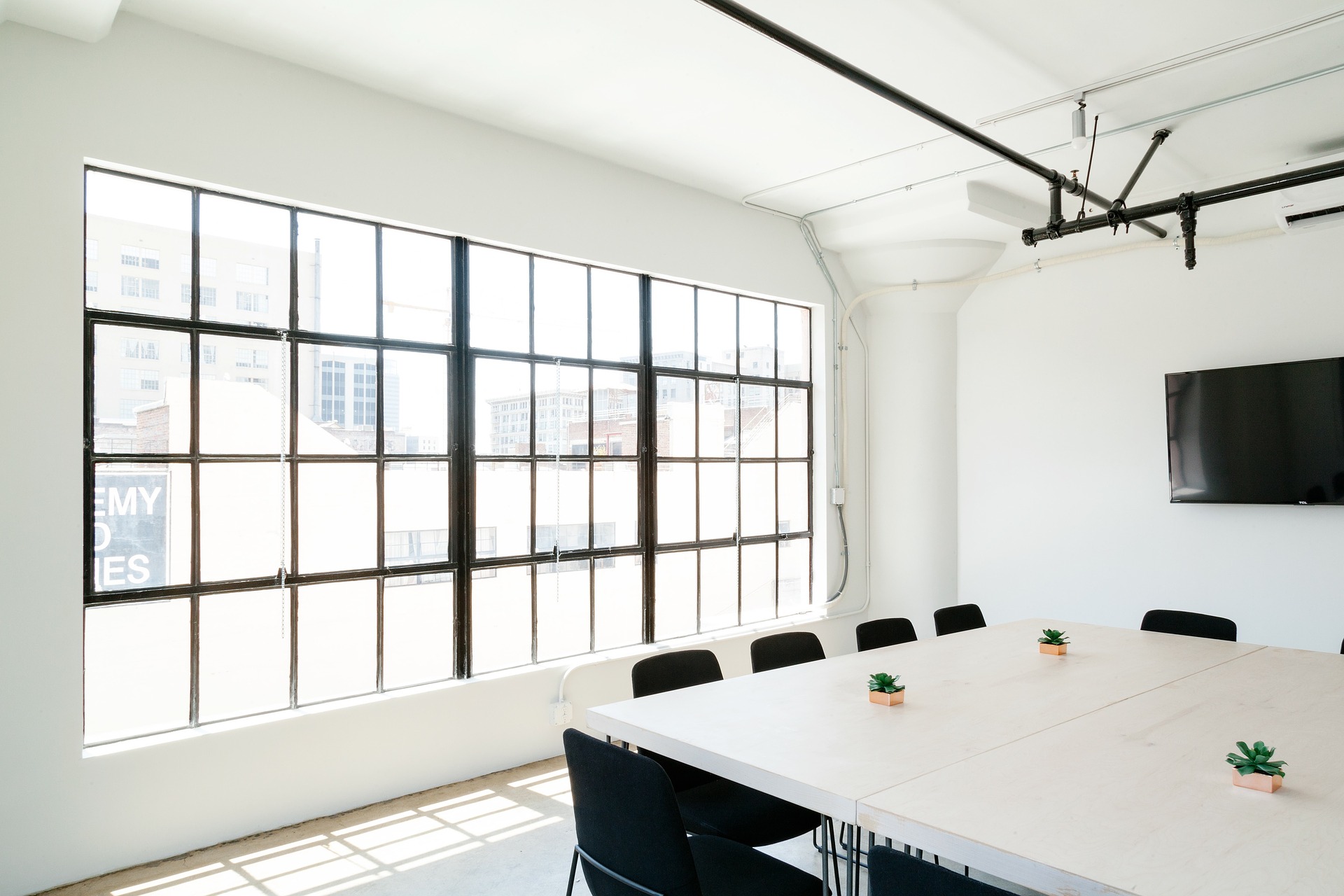Technology is all around us. From tablets to smartphones to interactive displays to wireless projection, we seem to be constantly plugged in. But wearable devices are taking our relationship with technology even further. Wearable tech includes a broad range of electronics such as smartwatches, fitness trackers, smart clothing, glasses, accessories, and even implanted chips. Each of these “smart’ electronic devices is worn on the body of users for convenience, data accuracy, and aesthetics.
There are few who haven’t heard of or seen someone wearing one of these devices. In fact, over 33 million devices have been sold worldwide this year, according to a recent Business Insider report. In the U.S., 1 in 5 people own a wearable and 1 in 10 use it on a daily basis. The market for wearables is only expected to grow, with forecasts predicting that 148 million units will be sold in 2019.
The market for wearable tech has been slowly building up for years. Until recently, it wasn’t likely that the devices would enter the mainstream. Before, many of these devices were considered solely for personal and fitness use. However, their capabilities are much more sophisticated now than they were a few years ago. Now, they can do everything a smartphone can do and more. They can monitor sleep patterns, measure worker productivity, make phone calls, pay for purchases, track fitness, etc. With the release of Apple’s smartwatch, more consumers are interested in joining the tech-wearing culture.
Wearable Tech in the Workplace
Organizations are also realizing the potential role that they could play in the workplace, and many have or are considering wearable device programs. Studies suggest that a significant portion of the workforce is open to using them, if it helps them complete their job duties or improves work processes.
In one PricewaterhouseCoopers study, 70 percent of employees said, as part of a wellness program, they would use employer-provided wearable devices in exchange for insurance premium discounts. Another study by Cornerstone OnDemand reported that 80 percent of employees would use wearables for health and wellness programs. An even larger percentage would if they earned perks and discounts for using them.
So far, several businesses have reported promising results when using these technologies, especially for engagement and employee wellness programs. A growing number of companies are implementing wellness programs with the help of wearables. For instance, the oil company BP gave around 25,000 employees FitBits to monitor their health and fitness. Employees that reached a certain number of steps, received benefits on insurance premiums and other perks. Wearables can increase the effectiveness of these wellness programs, which could save organizations up to $264 per year, per employee.
When employees are happy, they are 12 percent more productive. According to a study from Goldsmith University, organizations that use wearables can increase employee productivity by 8.5 percent and job happiness by 3.5 percent. Grocery chain, Tesco, has started giving employees in their warehouses smart armbands that monitor worker productivity. The bands check shipments and send data like task completion time to managers. They can also detect worker fatigue to prevent work-related accidents.
There are dozens of possible benefits for using wearables in the workplace and it’s likely more companies will implement them. However, before rushing to order some wearables for the office, companies should address some key considerations.
Employee Privacy
One of the top reasons why individuals are hesitant to embrace a wearable world is data privacy. According to a PwC survey, 82 percent of people worry wearables would invade their privacy. Some countries are even considering regulations for how organizations use them in the workplace. For instance, the U.S. Equal Employment Opportunity Commission (EEOC) agency proposed limitations that if passed would restrict what types of data that companies can collect from employees using wearables and how they can use that information.
Companies need to set a distinguished line between ethical and unethical data usage. They should communicate with employees regarding the types of data that will be collected, and explain how that information will be used to help improve their work processes and satisfaction. Especially for health metrics, companies should have a data usage policy that they send to workers to review and approve before moving forward.
Many companies that have implemented wearable technology in the workplace have done so on an opt-in basis, making using the device optional. Some, like Tesco, may choose only to use the device while at work. To ensure that they balance employee privacy with improving working conditions, companies and their employees should establish guidelines for how and when the devices are to be used.
Data Security
Security is another primary reason individuals and organizations may be hesitant to adopt a wearable-friendly workplace. According to the PwC survey, 86 percent believe wearable devices could make them more vulnerable to data breaches.
Wearables were not originally designed for the workplace. The early versions were intended mainly for personal fitness and health monitoring. Now that many organizations are envisioning how wearables in the workplace could assist with initiatives like increased worker productivity and engagement, IT leaders are faced with how to secure these devices.
Wearables, like mobile devices, are more likely to be stolen or lost than a company desktop. Unlike other mobile devices though, it may be unclear if critical company data can be remotely wiped from them. Before introducing them to the office, organizations should develop a wearable device management policy that enables them to protect data from falling into the wrong hands.
User Engagement
Many businesses struggle with employee engagement. In fact, an estimated 87 percent of employees are disengaged. Disengaged employees often cause organizations to lose revenue, increase turnover rates, and negatively affect the work environment.
Technology is often used to assist in employee engagement initiatives. Wearables are one of the latest tech tools that are being introduced into the workplace as part of those programs. Oftentimes, companies see huge success when combining engagement with technology. However, where companies make a fatal error is thinking that the technology is the simple solution.
A wearable is just another tool. If companies don’t give users a value for using it, then they most likely won’t. Without sufficient reasons, they will eventually lose interest and stop using it. A study from Endeavour Partners reported that one-third of those that bought a wearable stopped using it after six months.
The study concluded that users found the devices valuable when they used them. The trick was getting them to continue usage. How do organizations keep users interested even after the honeymoon period?
There are some common themes that can be found in companies that use wearables effectively. For one, they give employees incentives like rewards and insurance discounts for interacting with the technology. Secondly, they don’t just present data to users, they incite actions. Lastly, they have specific goals.
Goals are perhaps the most important item a company should address in order for a wearable technology program to be optimally effective. For example, Tesco initiated its program with a clear, defined set of goals in mind. One of those was to increase the productivity of warehouse workers. By making the device part of the process and tracking completion time, it improved overall efficiency.
When wearable devices are used ethically and with proper security measures, they have the potential to empower employees, improve procedures, and enhance the work environment. However, organizations need to first assess how these devices will improve their business processes before jumping headfirst into the wearable tech bandwagon. Are you implementing wearable technology in your workplace yet? If so, how are you implementing it?
Additional Reading
Conference Room Technology: 5 Investments You Should Make
Conference Room Cable Management Checklist
Conference Room Design: 10 Examples Worth Studying



